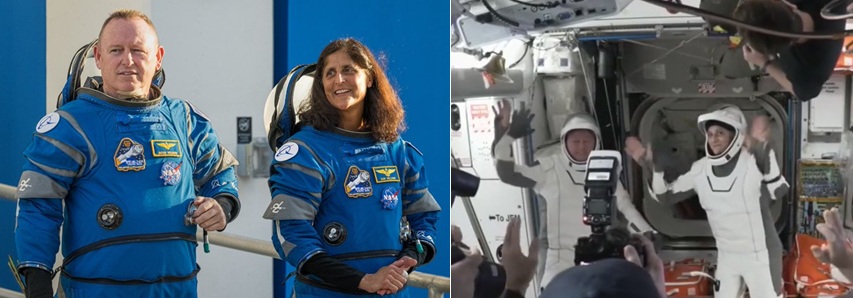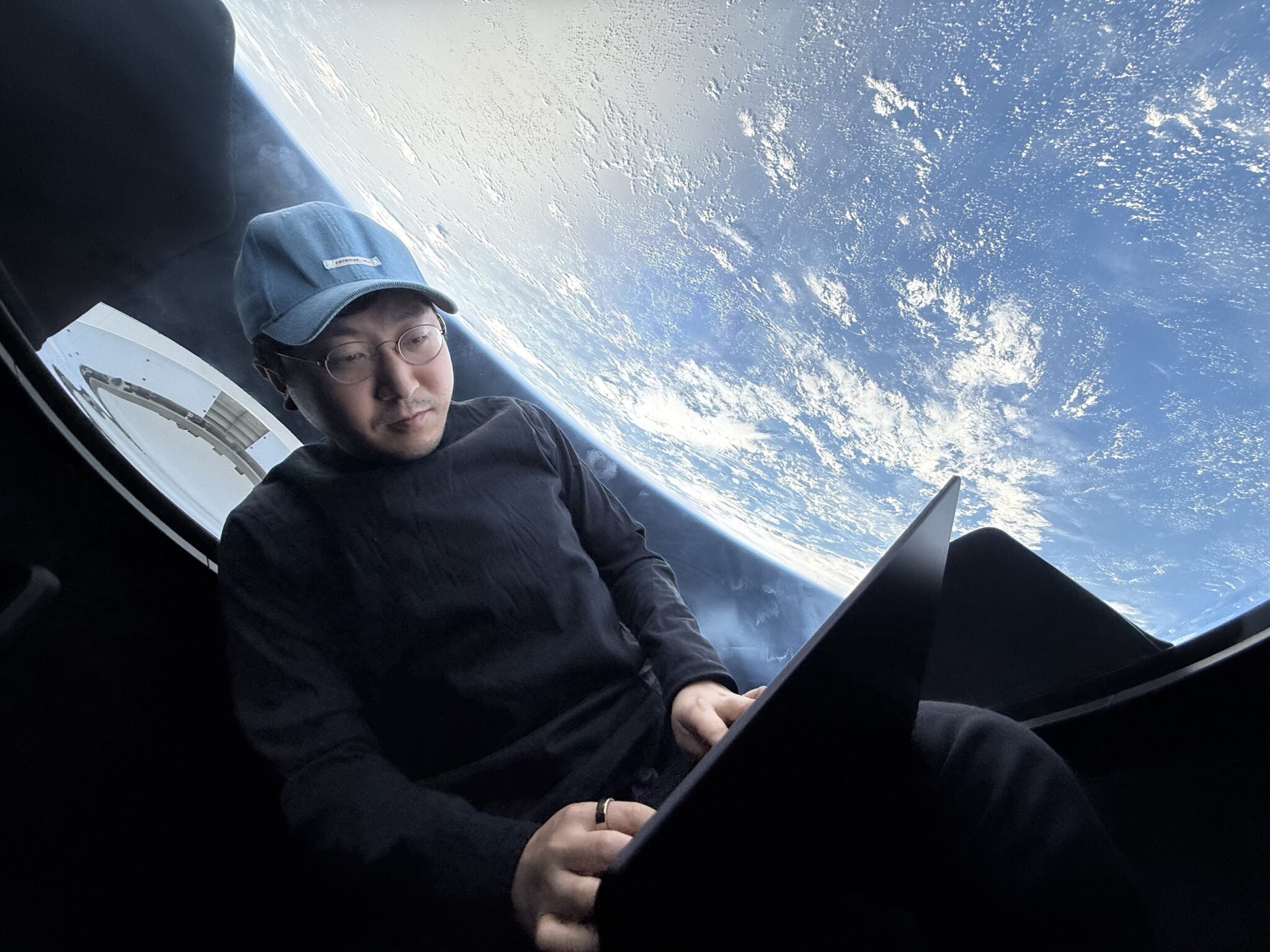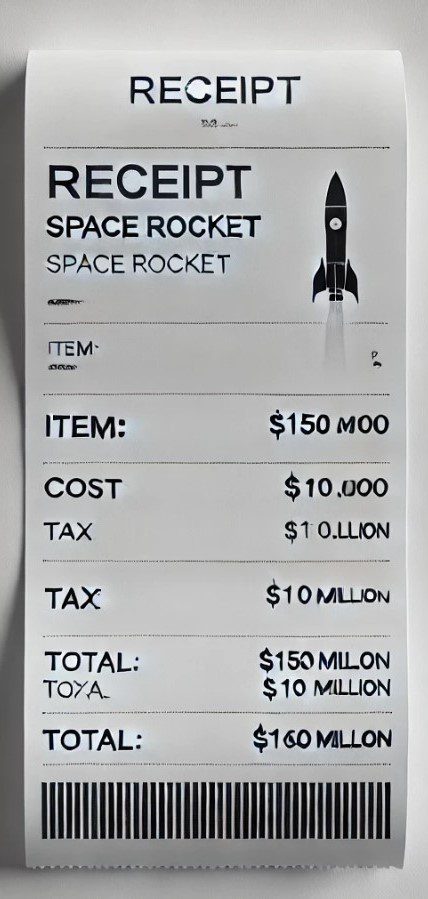In an attempt to make Europe’s launch industry more competitive, rocket maker Airbus Defence and Space (formerly Astrium) and jet and rocket engine manufacturer, Safran, have decided to create a new rocket company. The joint venture would become prime contractor for Ariane rockets. Job cuts are expected as part of this reorganisation and efficiency drive.
With Airbus DS and Safran as two of the largest shareholders in the launch provider Arianespace, the move is thought likely to be a preliminary to buying out the remaining shareholding of Arianespace. In the process it could create single launch production and marketing outfit similar to the structure of SpaceX – Arianespace’s main low cost launch competitor. This would need the agreement of the French space agency CNES, which remains the largest shareholder in Arianespace holding nearly 35% of its shares.
This new agreement also has implications for future design choices. For example, it is likely to accelerate the development of the Mid-life Evolution Vinci-upper stage engine upgrade to the Ariane 5 launch vehicle, which will allow the rocket to pair the largest commercial communications satellites on the same launch vehicle increasing its competitiveness.
Prospects for the Ariane 6 are more mixed. The France/Italy favourite solid first/strap-ons and second-stage cryogenic Vinci-engine upper stage design has now been all but rejected over its lack of modularity and conservativeness, especially in reference to upcoming partially reusable variants of the liquid fuel SpaceX Falcon 9. As it stands, a liquid fuel first-stage design with a larger number of more flexible, smaller solid boosters is thought more likely to be approved given Germany’s championing. The design is similar in concept to that of Japan’s H-III. Two main versions of the rocket – a larger payload version for commercial launches and a smaller one for “government” flights – is thought likely.
Some in the European Space industry, and even within ESA itself, reject the Ariane 6 expendable concept altogether – even with a liquid fuel first stage – as being yesterday’s technology. They are promoting a move to an all-reusable design similar to that suggested by Reaction Engines Limited with its Skylon space plane. This, in conjunction with a reusable upper stage, could allow communications satellites to be lofted for less than one fifth of current prices. However, critics note that such a design would have a higher technical risk than other more conservative concepts.
Update: Since this piece was first written Space News reports that the senior management team at the major European-based commercial satellite operator SES has demanded that Arianespace and ESA should be more revolutionary and ambitious in their launch vehicle designs and expedite these much faster to make them much more competitive on price – effectively warning Europe that SES will jump ship to lower cost launches provided by the US firm SpaceX if they have to.
Note: The writer of this article has a small financial interest in Reaction Engines Limited






